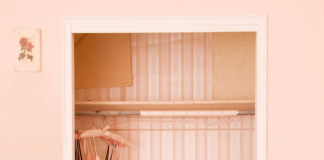There’s nothing quite like a garden overflowing with gorgeous flowers. Their enticing aromas and bold hues are the perfect way to celebrate the summer season. But if your garden starts to go downhill once temps warm up, settling on a plan to keep your beds blooming is key. Scroll through for a look at 30+ statement summer flowers that can tolerate the heat. These conversation-starters are sure to be the envy of your neighbors. Just remember to check the USDA Plant Hardiness Zone before you get started to make sure the flowers of your choice are suitable for your region. You can always experiment to find the best combination for your gardening style and location.
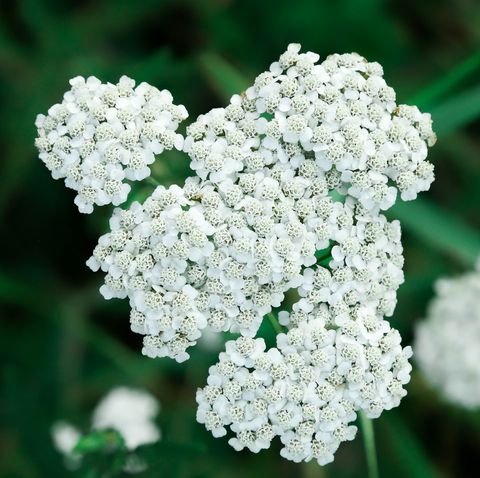
Leave it to these dainty flowers to add a touch of elegance to your garden. While they can thrive under a bit of shade, they do best with loads of sunlight and well-drained soil.
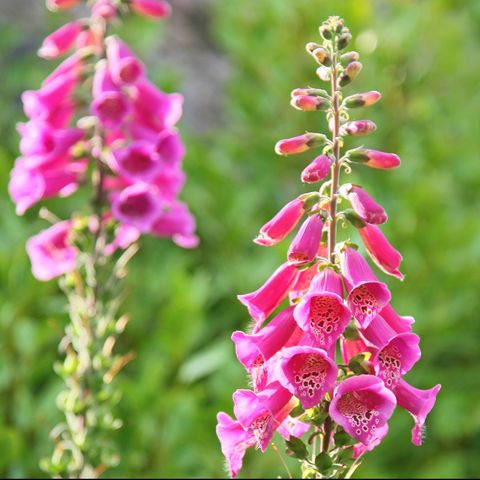
If you’re looking for a statement flower to add to your garden, consider foxgloves, which can easily reach up to six feet. They bloom early on in the summer and come in a slew of colors, ranging from pink to white.
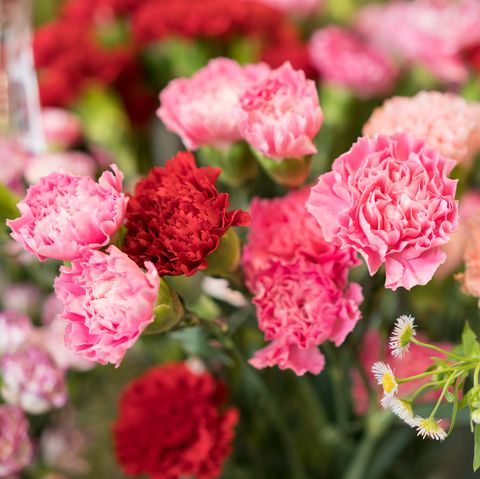
A symbol of love and distinction, carnations are known for their bold hues and impressive range of varieties. Certain carnations can grow up to 24 inches, while others range between 9 to 12 inches.
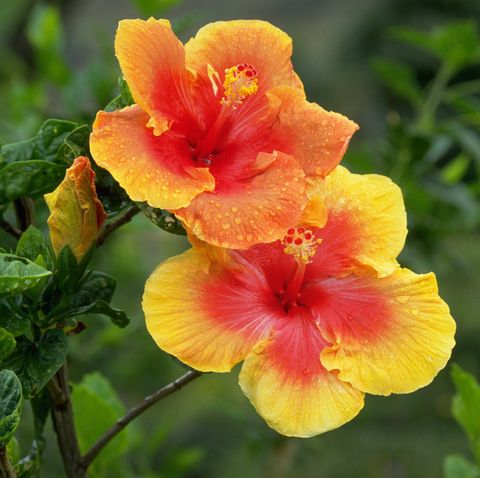
You can find these vibrant, trumpet-shaped blooms in a range of color combinations. Known to attract hummingbirds and butterflies, these flowers need tons of water and fertilizer during their blooming phase.
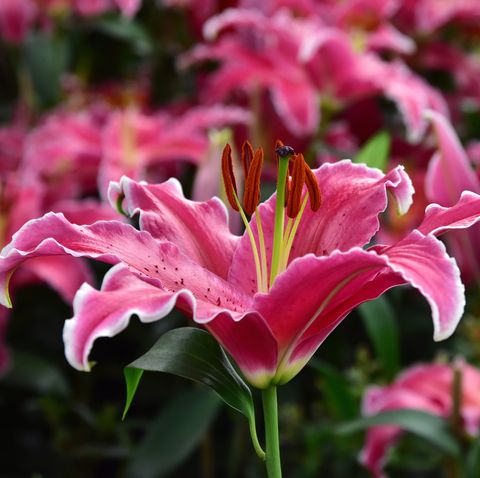
There’s no denying the beauty of Oriental Lilies, which are known for their alluring fragrance and large flowers. They’re also low maintenance, requiring ample sunlight and moist soil.
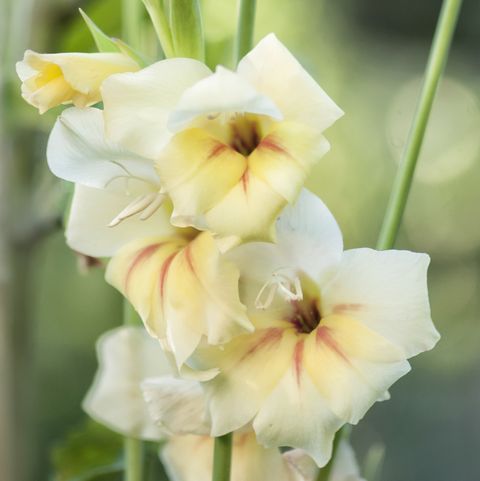
This popular summer flower needs well-drained soil, a moderate amount of moisture, and an abundance of sunlight to flourish. Keep in mind that wind can harm certain tall varieties.
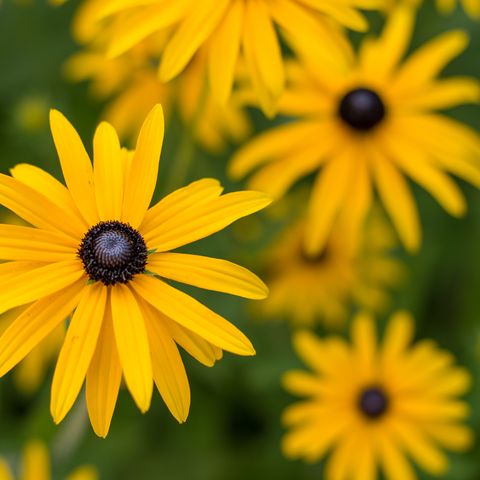
Some Rudbeckia varieties bloom during the summer months. These cheerful flowers are considered to be low maintenance, needing lots of sunlight along with well-drained soil.
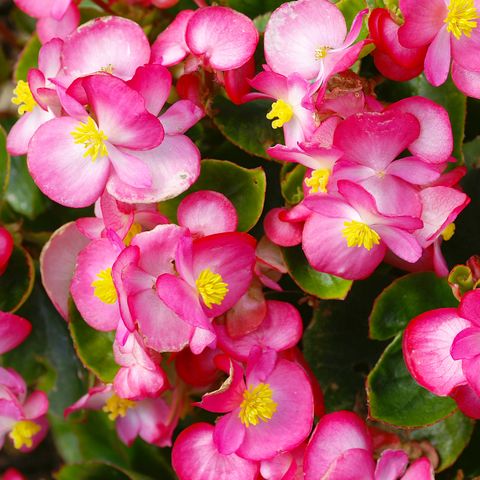
When it comes to begonias, you can find more than 1,000 different types in an array of colors, shapes, and sizes. They like soil that’s moist (rather than soaking wet), humidity, and partial shade.
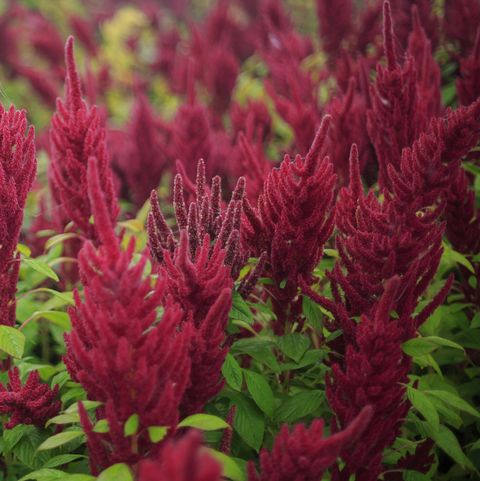
Also known as amaranth, this flower can grow from 18 inches to 6 feet tall in a variety of colors including red, orange, gold, green, and purple. This direct-sow annual does not tolerate wet soil, shade, or transplanting well.
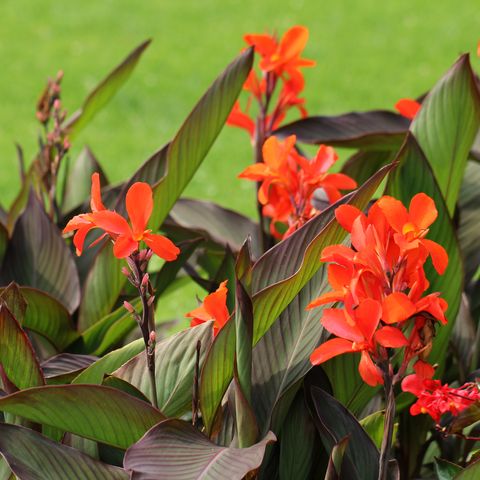
Try planting these tropical-looking blooms for lush foliage and color later in the season. “Although these flowers do not bloom until the summer, spring planting will give them time to establish themselves and yield intense blooms,” says Missy Henriksen, a spokeswoman for the National Association of Landscape Professionals. They’re annuals in cool regions and perennials in warmer ones, she adds.
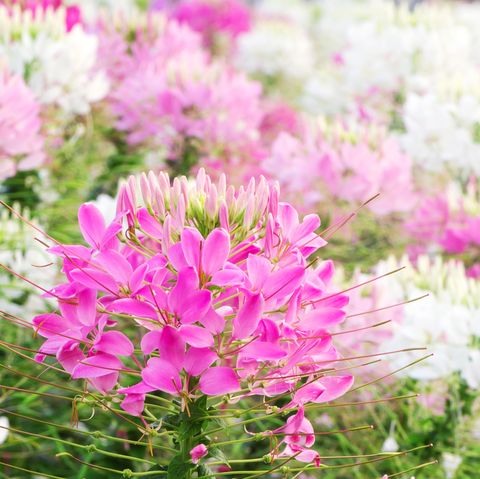
grows to be about 3 to 5 feet in rose, pink, purple, and white. It’s easy to grow from seed and self-sows for future summers.
RELATED: 6 Tips for Storing Seeds Saved From Your Own Garden
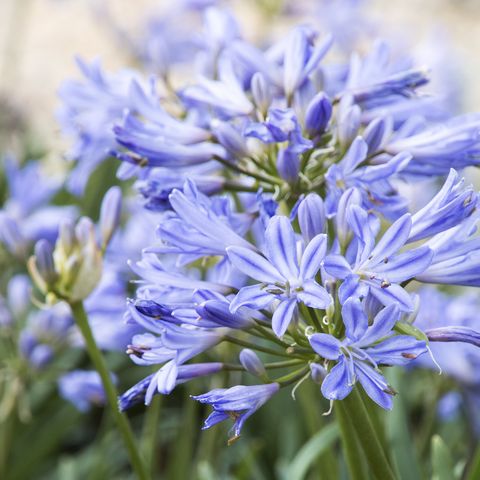
Also called blue lily or African lily, is a full sun or partial shade flower that thrives in warmer areas, especially in pots. “When it comes to containers and hanging baskets that are showing signs of stress, the best thing you can do is to move them into the shade and check often for dryness,” advises Kate Karam, editorial director at Monrovia. “They may need a deep drink at least once or even twice a day.”
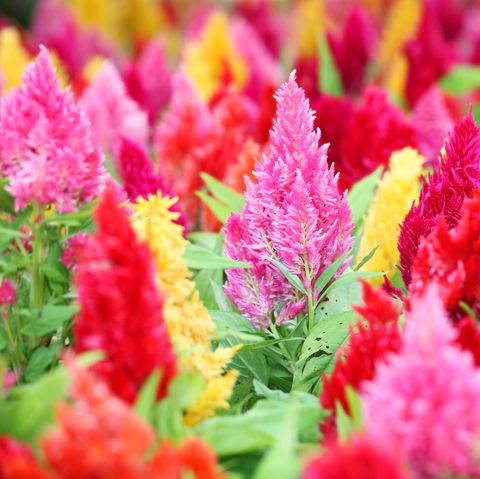
This celosia can grow from 2 to 4 feet and comes in red, pink, or purple. The feathery blooms makes for a great cut flower arrangement, either fresh or dried. Avoid cold soil and shade for maximum wow factor.
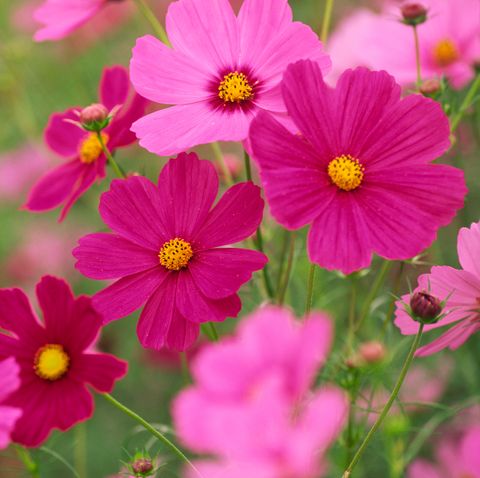
This full-sun perennial grows to 2 to 5 feet high with blooms in crimson, pink, and white. Like the , is easy to grow from seed and often self-sows. However, it cannot tolerate rich soil, and will yield fewer flowers.
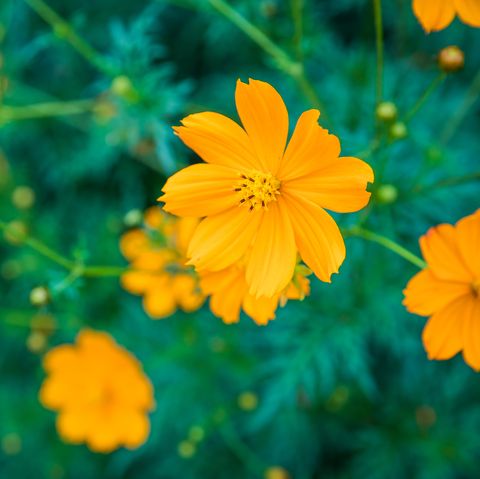
This full-sun annual comes in happy hues including scarlet, orange, and yellow. It’s easy to grow from seed in poorer soils and often self-sows, meaning less work for you next year. Expect stalks to grow 1 to 4 feet high.
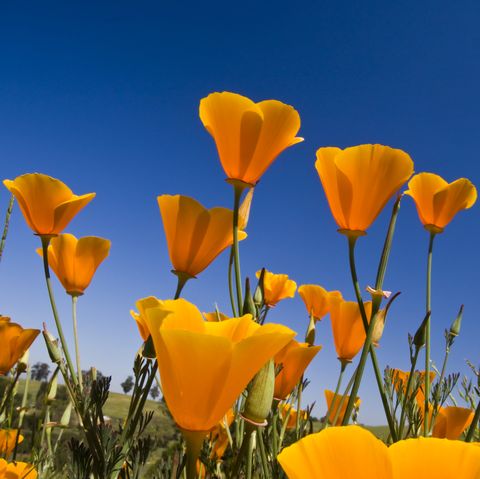
grows from 6 to 15 inches and comes in red, pink, orange, yellow, and cream. This full-sun perennial grows best if directly sown as it doesn’t tolerate transplanting well. It also doesn’t thrive in rich or wet soil. Deadhead periodically for continuous blooming all season long.
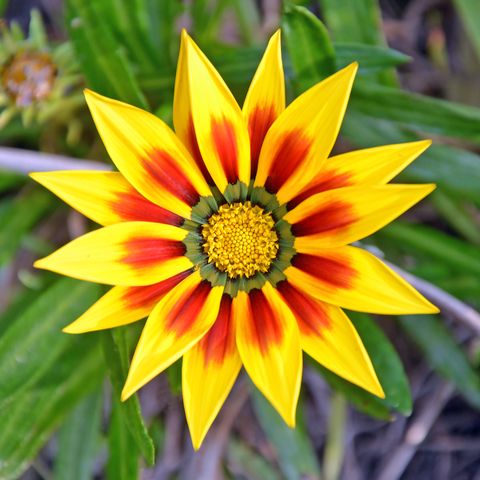
This bright, beautiful flower grows 6 to 15 inches and you can find it in vibrant colors like red, pink, bronze, orange, and yellow. It’s an especially smart choice for sunny, hot, and dry spots (i.e., the parched beds by the patio).
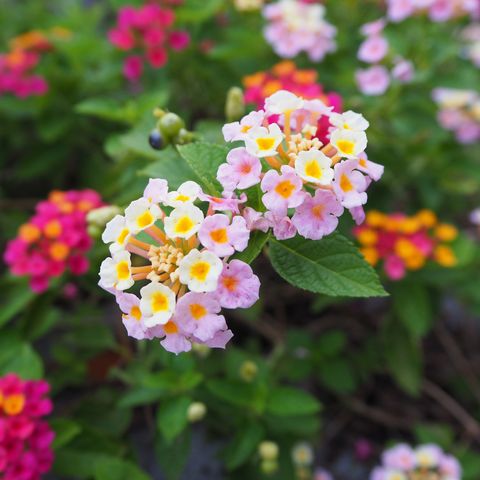
Pick between red, pink, orange, cream, lilac, purple, white, and bi-colors for this full-sun annual grows that from 1 to 6 feet tall. If you have pets or kids, keep in mind that this plant’s berries are toxic.
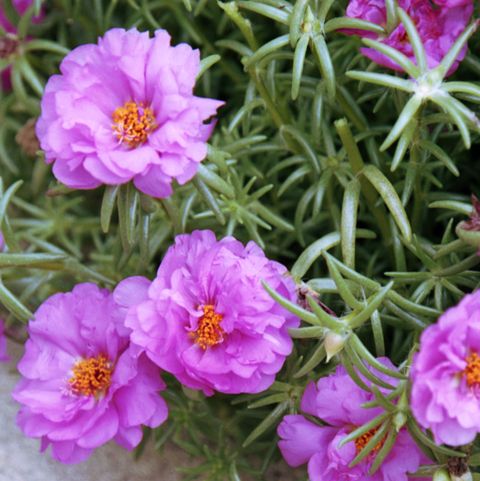
Portulaca is a petite, full-sun perennial growing from 4 to 8 inches tall. It’s easy to grow from seed, but does not tolerate high humidity well. Choose from pretty hues including red, magenta, pink, salmon, orange, yellow, and white.
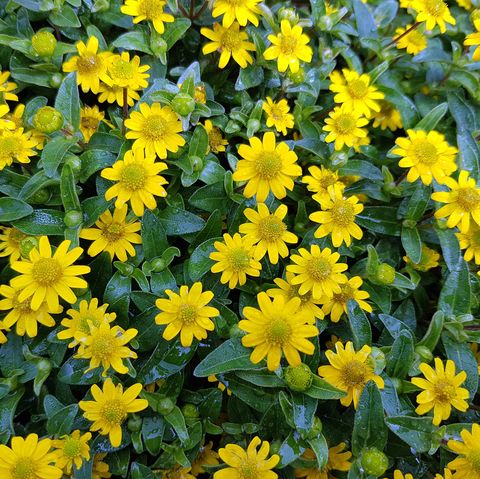
is another short perennial, also only growing 4 to 8 inches high. You can find it in orange or bright yellow. It can perform well in partial shade, but does not tolerate poorly drained soil.
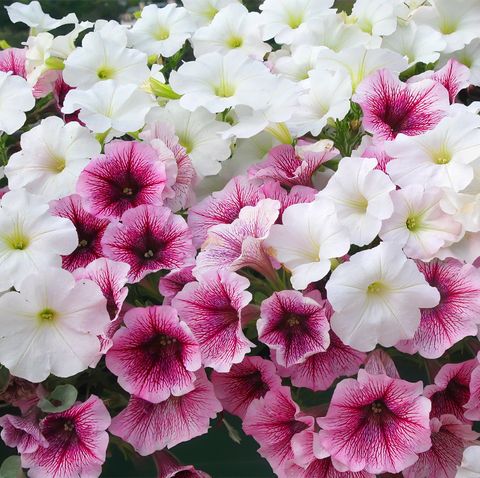
Petunias grow from 6 to 24 inches tall and you’ll find them in pretty much every color under the sun. Deadhead for continuous bloom all season, but do not plant in areas with high humidity or frequent rain.
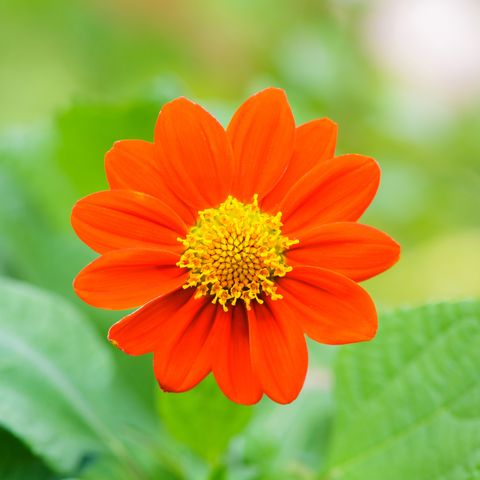
grows anywhere from 30 inches to 8 feet tall. Unlike most common sunflowers, it’s more shrublike in growth and doesn’t tolerate rain or rich soil well. Deadhead periodically for continuous bloom.
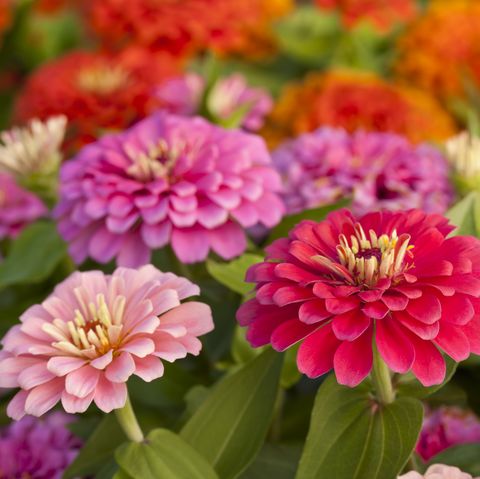
“A traditional plant for pollinator gardens, zinnias are easy to grow and require full sun,” Henriksen says. She recommends using them in borders and container gardens, and using the cut flowers for indoor décor. They can grow anywhere from 4 inches to 4 feet high and comes in almost every color except for blue.
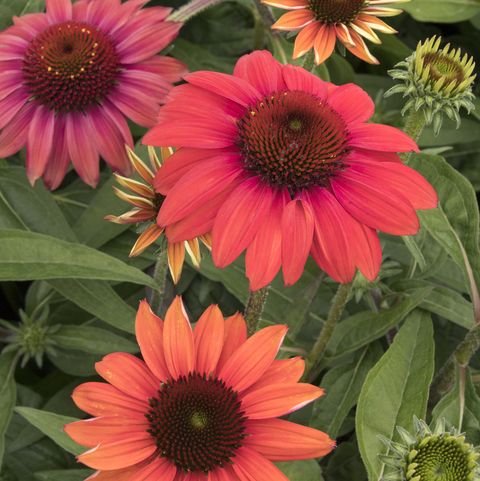
This favorite of birds and butterflies has a lot of human fans, too. “We love coneflowers for their ease of care and their great cutting garden potential,” Karam says. “The Fiesta variety provides a riot of color with spicy coral-pink flowers that age to softer shades. Try them in containers or borders.”
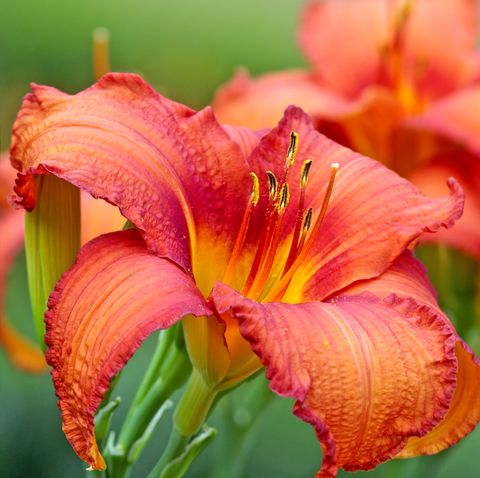
The botanical name means “beauty for a day,” but many gardeners call daylilies “the perfect perennial.” The multi-flowered stems (called scapes) grow in all types of soil, with very little care required.
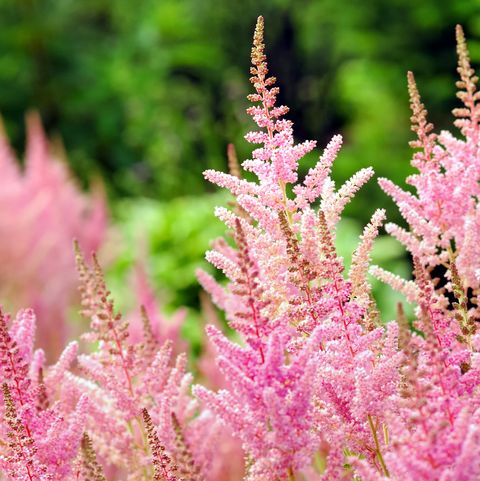
If you like pink, choose this showy perennial. The fluffy plumes can grow up to 2 feet tall. Since it’s a shade lover, try pairing it with hostas or ferns.
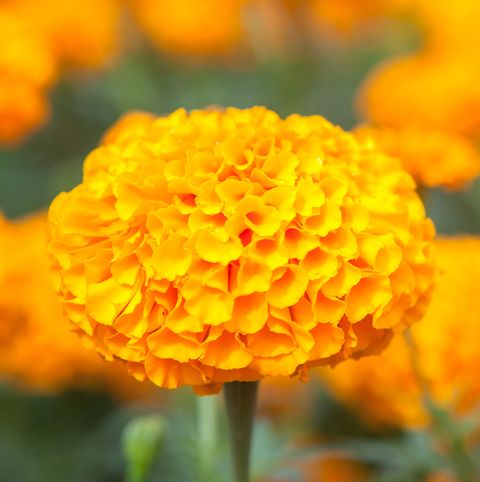
You may know them as vibrant yellow or orange beauties, but marigolds can also bloom with maroon or even cream flowers. “Best grown in full sun, marigolds are known for outlasting hot summer days and have been long used as garden companion plants,” Henriksen says.
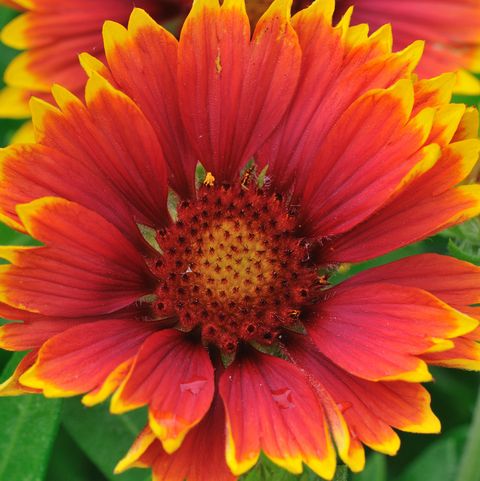
Gaillardia looks like a miniature sunset, fading between yellow, orange, red, and sometimes burgundy. They love bright rays, so don’t hide them in the shade.
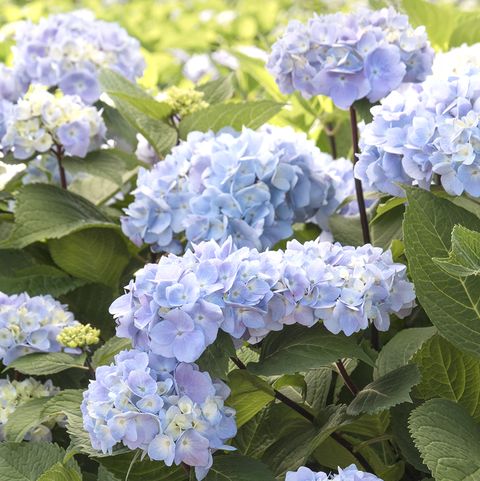
From late spring to early autumn, hydrangeas can steal the show in your garden. Try the Blue Enchantress variety for striking ruby-black stems and big mophead flowers, Karam recommends. The border shrub flowers blue in acidic soils and pink in alkaline soils. “The flowers age to a vintage cream-splashed green color,” she adds.
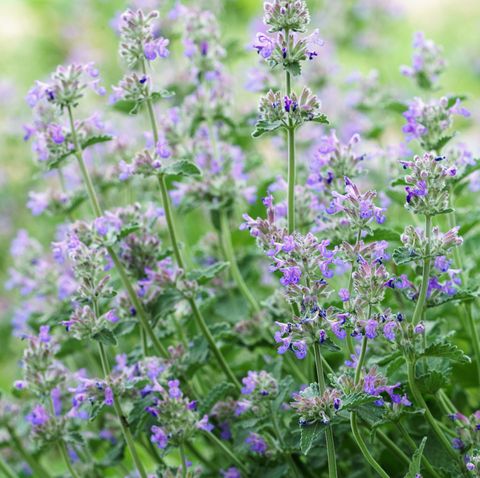
Related to cat but much showier, the ornamental version sprouts lavender-colored flowers with silvery-green foliage.



























